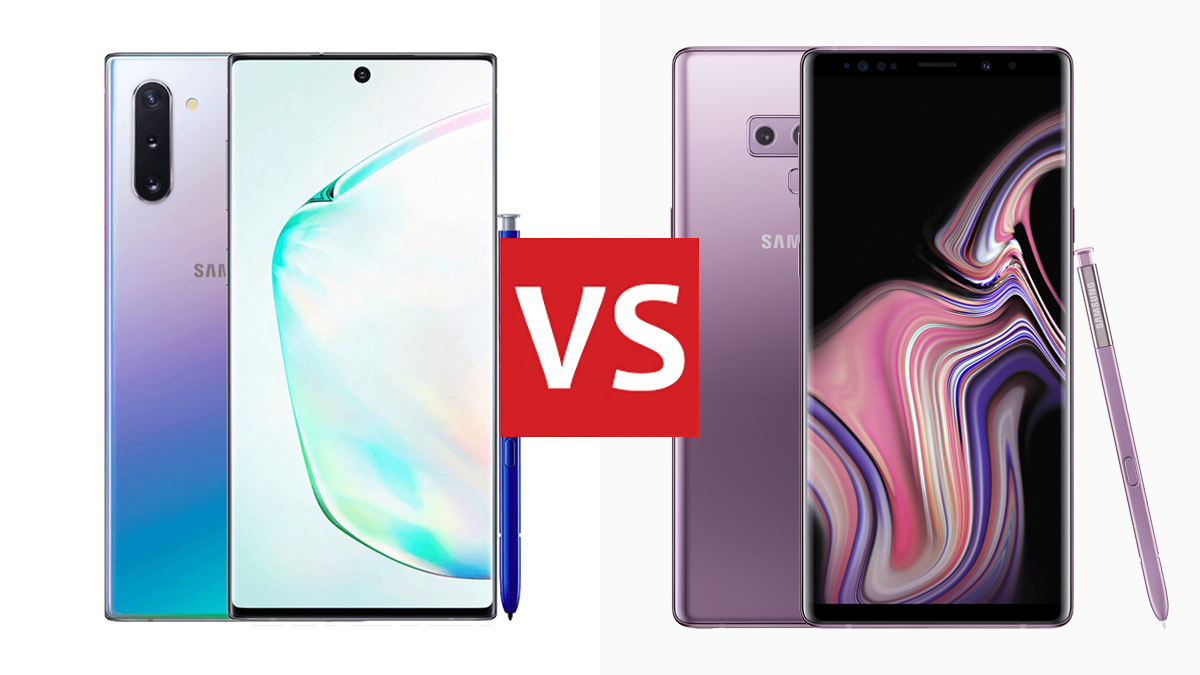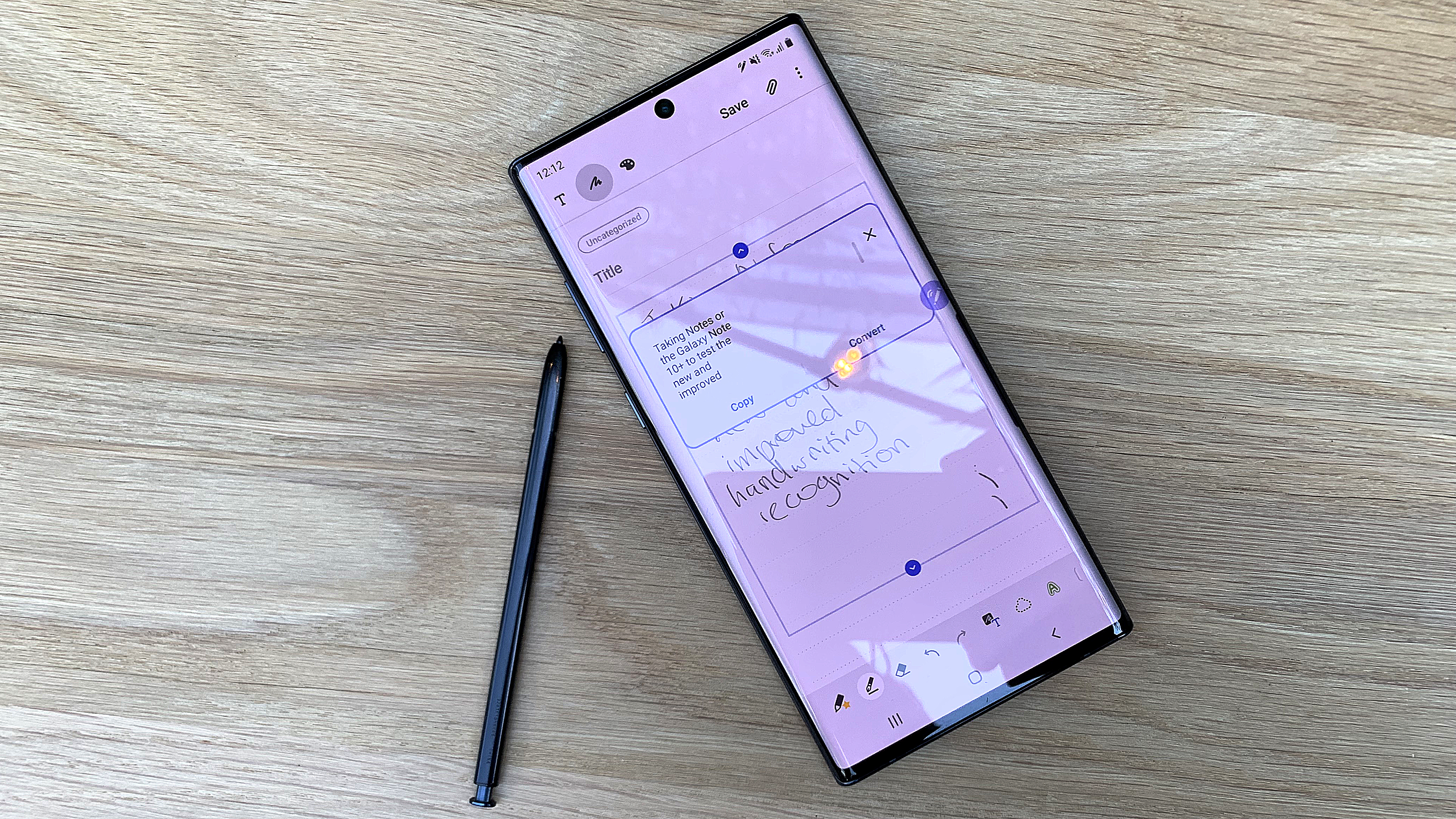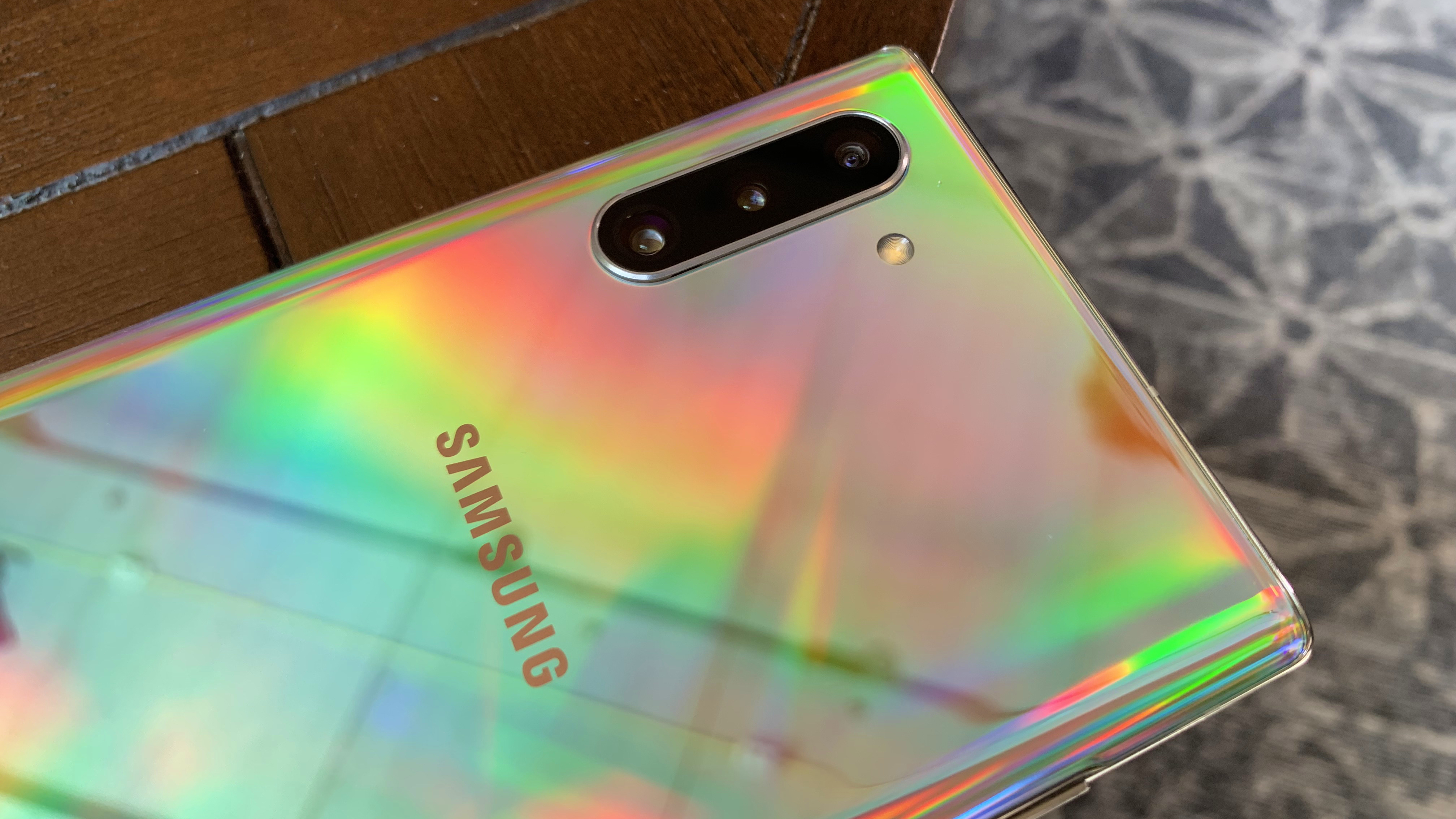Samsung Galaxy Note 10 vs Samsung Galaxy Note 9
Should you plump for Samsung's latest Note flagship, or is last year's device actually the smart pick?


Is the new Samsung Galaxy Note 10 more notable than the Samsung Galaxy Note 9? It's an important question and one that tech enthusiasts will be asking themselves following the former's dramatic unveiling at Samsung Unpacked.
Well here we’re going to see how the Samsung Galaxy Note 10 compares to its predecessor, the Samsung Galaxy Note 9 in an aim to determine just that — whether it is the phone people looking to upgrade right now should choose.
Is the new Note worth paying top dollar for, or would you be better off looking for a discounted Note 9? Let’s find out.
- Samsung Note 10, Galaxy Note 10+ unveiled with all-screen design, upgraded S Pen, and 5G
- Samsung Galaxy Note 10+ review (early verdict): the no-compromise Note
- Samsung Galaxy Note 10 review (early verdict): size matters
- Samsung Galaxy Note 10 vs Samsung Galaxy Note 10+
Samsung Galaxy Note 10 vs Samsung Galaxy Note 9: display and design

The Note 10 comes in two variants, the Note 10 and the Note 10 Plus, in both 4G and 5G incarnations. The Galaxy Note 9 is a 4G-only device.
You know what to expect from Galaxy Notes by now: even the small one is big, the bezels are small, the cameras are impressive, the screens are curved and of course there’s the S Pen tucked away inside. This year’s Note does away with the headphone jack and makes the bezels even thinner.
The Note 10 has Samsung’s infinity-O display, which is an all-screen design with a “hole-punch” cutout for the camera. It’s a 6.3-inch Dynamic OLED with a resolution of 2,280 x 1,080 at 440ppi. That’s Full HD+, which is a step down from the QHD display of the Note 9: that delivers 2,960 x 1,440. The selfie camera is now in the top centre of the screen, not tucked away in a corner.
The Note 9 is 161.9 x 76.4 x 8.8mm and 201g. The standard Note 10 is smaller and lighter: 151.0 x 71.8 x 7.9 and 168g.
Get all the latest news, reviews, deals and buying guides on gorgeous tech, home and active products from the T3 experts
Samsung Galaxy Note 10 vs Samsung Galaxy Note 9: processor and storage

The Galaxy Note 9 has Samsung’s own octa-core Exynos 9810 system-on-a-chip in most of the world. The exceptions are North America, China, Japan and Latin America, where customers get Qualcomm’s Snapdragon 845 with Adreno 630 graphics. That’s mirrored by the Note 10, which ships with either the Snapdragon 855+ or the Exynos 9825.
The Note 9 comes with either 6MB of RAM and 128GB internal storage or 8MB and 512GB, and it supports up to 512GB of external storage on microSD.
The Note 10 comes with 8GB of RAM and 256GB of internal storage. The standard version doesn’t support microSD, so if you need more space you’ll need to buy the bigger Note 10+.
Samsung Galaxy Note 10 vs Samsung Galaxy Note 9: camera

The Note 9 has a dual-camera system with two 12MP lenses and a front camera with 8MP. The rear cameras have apertures ranging from f.1/5 to f/2.4.
The Note 10 adds a third camera, so the main assembly now has a 16MP ultra-wide camera with f/2.2, a 12MP wide-angle camera with f/1.5 to f/2.4 and a 12MP telephoto lens with f/2.1. The front camera is 10MP with f/2.2.
Samsung Galaxy Note 10 vs Samsung Galaxy Note 9: battery
Big phones need lots of power, and the Galaxy Note 9 came with a mighty 4,000mAh battery. In a surprise move the Note 10 has a smaller battery: just 3,500mAh. If you want more then you’ll need to go for the S10+, which has 4,300mAh.
The Note 10 has support for 45W wired and 20W wireless fast charging.
Samsung Galaxy Note 10 vs Samsung Galaxy Note 9: price and availability
The LTE version of the Galaxy Note 10 costs $949 and the 5G version costs $1,049. The Note 10+ on the other hand costs $1,099 for the LTE version, and $1,299 for the 5G variant. All models go on sale on August 23, 2019.
The Samsung Galaxy Note 9 is already out and costs around $500.
Samsung Galaxy Note 10 vs Samsung Galaxy Note 9: verdict

The Note 10 is a significant upgrade, but there are a few apparent downgrades too: the screen isn’t as good; the microSD slot is gone, as is the headphone jack socket; and the battery is smaller than the one in the Note 9. It’ll be interesting to see how that smaller battery affects battery life in the real world.
Inside, the processor is faster, the entry level model has more RAM and the rear camera assembly is more powerful and flexible. However, overall it’s a bit of a mixed bag compared to its sibling, the Galaxy Note 10+. The Note 10+ retains the microSD slot, delivers a much bigger, higher resolution display and is a more compelling upgrade.
Writer, musician and broadcaster Carrie Marshall has been covering technology since 1998 and is particularly interested in how tech can help us live our best lives. Her CV is a who’s who of magazines, newspapers, websites and radio programmes ranging from T3, Techradar and MacFormat to the BBC, Sunday Post and People’s Friend. Carrie has written more than a dozen books, ghost-wrote two more and co-wrote seven more books and a Radio 2 documentary series; her memoir, Carrie Kills A Man, was shortlisted for the British Book Awards. When she’s not scribbling, Carrie is the singer in Glaswegian rock band Unquiet Mind (unquietmindmusic).
